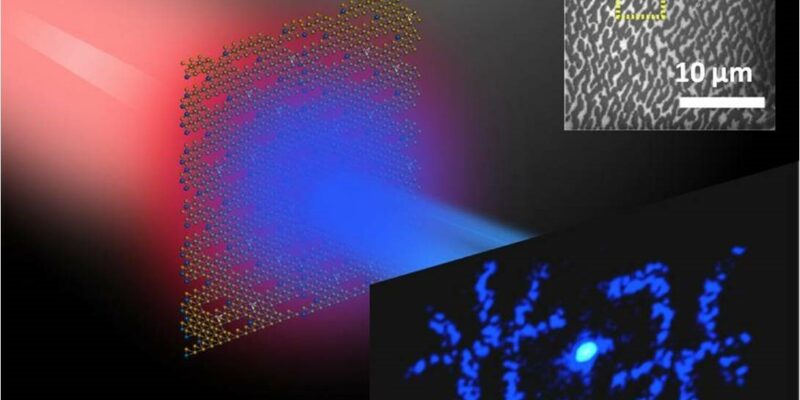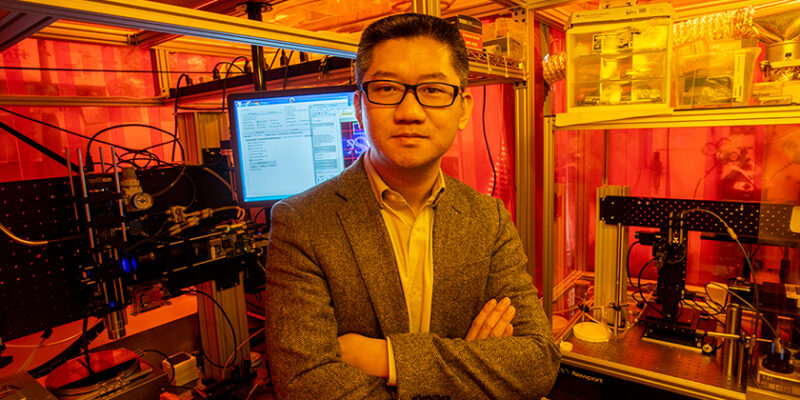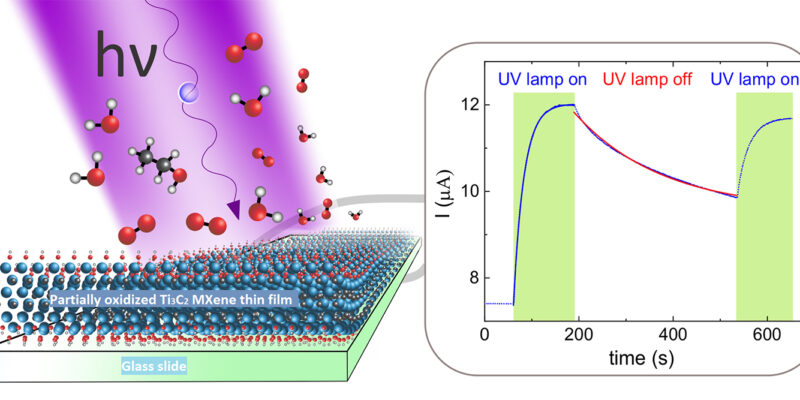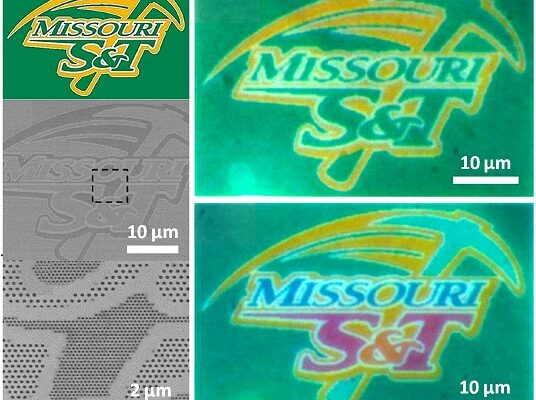Tag: nanomaterials
S&T researchers are one step closer to 3D-printing human organs
It may still be decades before human organs can be successfully printed with 3D technology and transplanted, but Missouri S&T researchers are visionaries in the technology that will one day make this a reality.
Read More »Researchers realize world’s thinnest optical hologram with 2-D material monolayer
Missouri S&T researchers are demonstrating a new concept to reconstruct holographic images by using a single two-dimensional material monolayer with the thickness of less than one nanometer. Their work could lead to the creation of smart watches with holographic displays, printed security cryptograms on bank notes and credit cards, and new possibilities for data storage. […]
Read More »Heng Pan receives NSF CAREER award to advance nanomanufacturing research
Dr. Heng Pan, assistant professor of mechanical and aerospace engineering at Missouri S&T, has received a big boost from the National Science Foundation (NSF) to support his efforts to create large-scale nanostructures from very small nanocrystals. He received a five-year, $500,000 NSF Faculty Early Career Development (CAREER) Award in support of research to develop a new approach for direct fabrication of functional nanostructures from multiple materials.
Read More »The year in research: 18 stories worth revisiting
From studies on how DNA could be used to deliver targeted cancer treatments to research on how to develop trust with artificial intelligence to studies on gender bias, traumatic brain injury, electric vehicle charging and more, Missouri S&T faculty and students explored a variety of research topics in 2018. Here are 18 major research stories from S&T for the 2018 calendar year.
Read More »Not always bad—MXenes’ spontaneous oxidation harnessed to create 2-D nanocomposites
Researchers at Missouri S&T have discovered a new way to harness the potential of a type of spontaneously oxidized MXene thin films, to create nanocomposites that could sense both light and the environment. Previously, such spontaneous oxidation was considered detrimental because it degrades the MXene structure. The research is published in the June 2018 issue of ACS Nano, one of Google Scholar’s top-rated, peer-reviewed scientific journals.
Read More »Simpler process to grow germanium nanowires could improve lithium-ion batteries
Researchers at Missouri University of Science and Technology have developed what they call “a simple, one-step method” to grow nanowires of germanium from an aqueous solution. Their process could make it more feasible to use germanium in lithium-ion batteries.
Read More »13 important research stories of 2013
Robotic brains. Glass that can heal bones. A urine test to detect breast cancer. New insights into how Internet use could indicate depression. These were among the most notable advances in research made by Missouri S&T professors and their students in 2013. Here are 13 that were publicized during the year, but are well worth talking […]
Read More »





